-- % --
0
Agile
4 values and 12 principles empowering companies building the right product.
A Product manager advocates for the product, representing the customers on those internal conversations; where in Agile Scrum the Product Owner manages stakeholders’ discussions, support daily dev teams listening/answering to any query may arise. Both managing a product roadmap / product backlog. Do we need them both in Agile? I’d say the answer depends on the size of the product you’re building.

Valerio Miccio
Business & Product Manager
What is Agile?
Agile is the most popular approach to Software delivery nowadays, based on iterative development, rather than the big bang delivery at the end of the projects mostly common to Waterfall process.
The aim of Agile is to enable businesses to deliver faster and better software, promoting a set of methods and practices that help teams to respond to unpredictable changes and feedbacks, while mitigating risk, through collaboration and regular assessments during the development cycles.
Not only, these Agile methodologies are now the new philosophy of project management based on the values and principles of the Agile Manifesto.
Where Agile came from?
Despite being only a recent trend in Digital companies, Agile development methodologies have been going on for almost two decades.
Surely we’ve all heard the story of this group of seventeen “thought leaders” met and agreed the core value and principles for better Software development; formally writing in 2001 the Agile Manifesto. It reads the core values on the left prioritized over those on the right:
- Individuals and interactions over processes and tools
- Working software over comprehensive documentation
- Customer collaboration over contract negotiation
- Responding to change over following a plan
- Achieve customer satisfaction by continuous delivery of valuable software
- Always accept requirement changes, no matter how late in the project, to secure customers competitive advantage
- Deliver software – that works – within short timescale, preferably by-weekly
- Both business professionals and developers must work closely together throughout the project
- Build projects around motivated people, support them and create for them an environment of recognition, trust, and empowerment.
- Face-to-face conversations are the most efficient and effective way to transfer information
- Working software is the key measure of success.
- Agile processes promote sustainable development with sponsors, developers and users keeping a constant pace
- Enhance your agility striving for tech excellence and solid design
- Keep it simple. Being able to maximize the work that is not required is vital
- Self organized teams produce the best architectures, requirements and designs
- Teams should reflect regularly on how to be more effective and adjust behaviors accordingly
